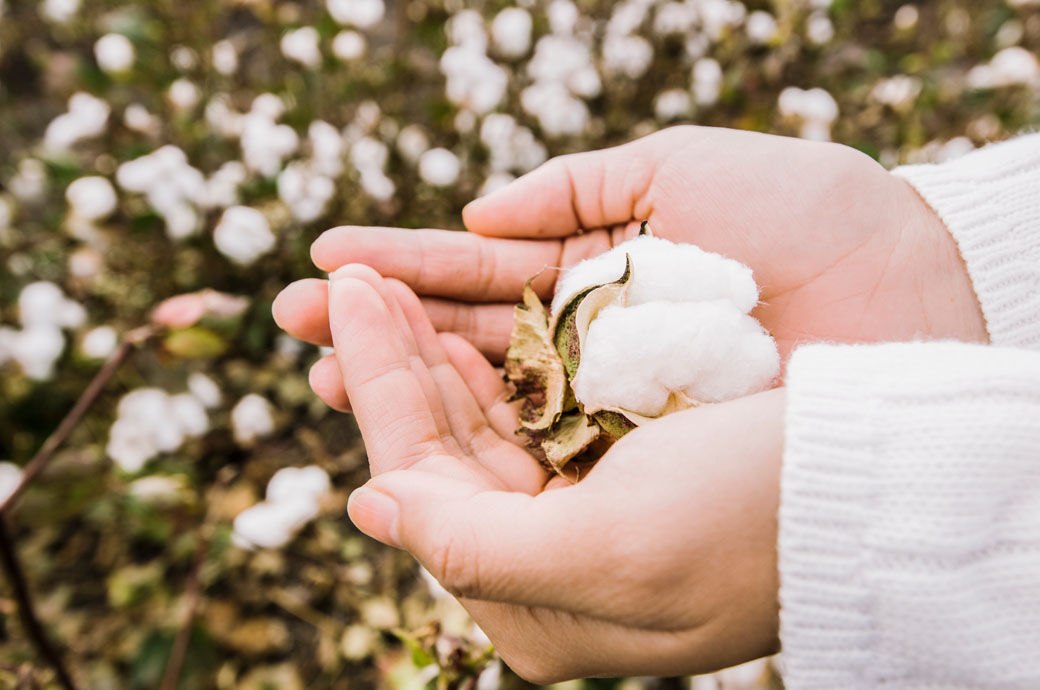
“These traits will be valuable in developing the next generation of water-use-efficient Upland cotton varieties,” said Narayanan, associate professor of crop ecophysiology.
Upland cotton is a relatively drought tolerant plant and can grow in a variety of climates. Current varieties were developed based on above-ground traits such as harvest index, boll number, boll weight, seed weight and fibre quality.
“A major limitation to yield is root exploration failing to keep up with boll growth,” Narayanan said. “This imbalance between root and shoot activity affects the ability of the plant to fill bolls.”
Enhancing the cotton root system can help increase a plant’s ability to acquire water and nutrients and maintain productivity under most conditions. This study tested genotypes from the major cotton-growing regions in the United States – western, southwestern, midsouth and eastern.
Cotton varieties Deltapine 14, Station Miller and Southland M1 performed best in the study.
“Cotton genotypes that can maintain water-use-efficiency even when root growth is limited by soil hardpans can be good selections for the southeastern United States,” said Om Prakash Ghimire, doctoral student and lead author for a paper about the project.
Hardpans, compacted soil zones that neither roots nor water can penetrate, pose a significant problem affecting plant growth leading to yield losses of up to 50 per cent and making plants more susceptible to drought stress.
In addition to Narayanan and Ghimire, other researchers from Clemson were Walker Spivey, Michael Jones and William C Bridges. Vasu Kuraparthy from North Carolina State University also participated in the study as did Todd Campbell and Joe Thomas, researchers with the United States Department of Agriculture Agricultural Research Service.
This research was funded by the United States Department of Agriculture (USDA) Agricultural Research Service and Cotton Incorporated. Future studies will verify these results with more genotypes under field conditions and evaluate lint yield in relation to root traits and WUE, as well as verify the results under different soil and water conditions.
The United States plays a vital role in the global cotton market as a key producer and exporter. The USDA Crop Production Summary for 2023 shows 7.06 million acres of cotton were harvested in the United States. In South Carolina, 207,000 acres of Upland cotton were harvested for a production value of $146,750,000.
To help South Carolina cotton farmers profit, Clemson University scientists are involved in several cotton research projects, including using molecular tools and unique plant germplasm to understand and improve the genetics underlying oil content in upland cotton, developing improved breeding tools, namely DNA markers, germplasm, and enhanced management practices to help boost US cotton production, tweaking cotton genes to develop higher-yielding, better-quality cotton and determining how to breed for more sustainable cotton varieties in Earth’s ever-changing environment.
Fibre2Fashion News Desk (RR)